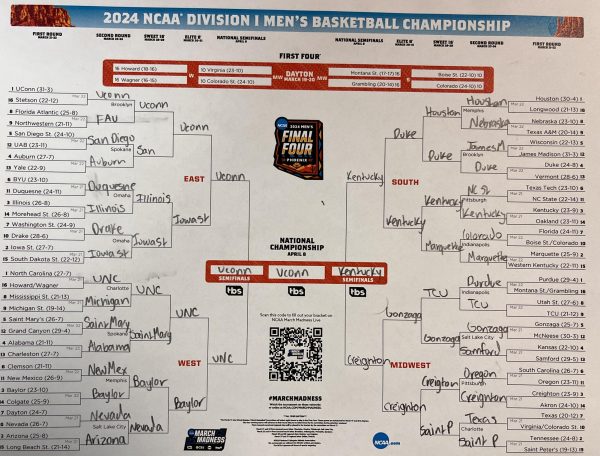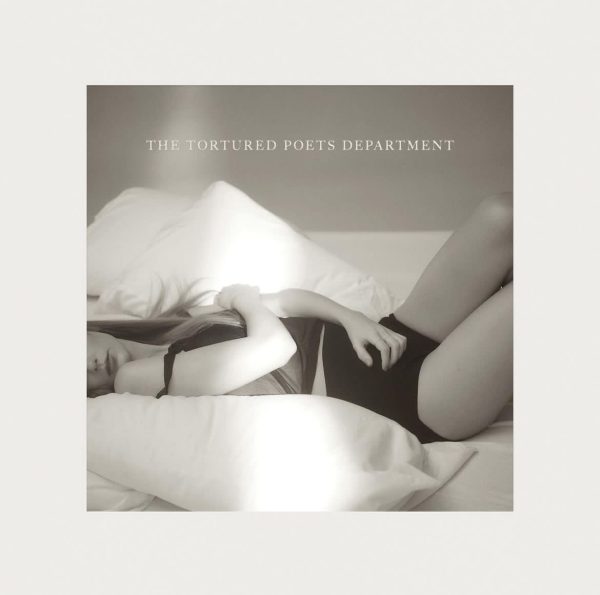Should Aledo Shut Down?
Cases of COVID-19 are currently spiking throughout the United States, with 205,460 cases currently present. With it, conversations of closing down schools are becoming increasingly common. The closing of schools would mean a potential decrease in cases of COVID-19, but the effect it would have on students is the one thing keeping the decision at bay. Frankly, shutting down schools is not the only solution to the problem. There are other options available, and consequences of remote learning are far too extensive for some schools to ignore, including the Aledo district.
Cases of COVID-19 have had a recent spike in the Aledo district, and it is an apparent aspect of classrooms, or more specifically, their lack of students. Extracurriculars and activities outside of school and most notably social events, are the largest contributing factor for this increase in cases. Though it is the students of Aledo contracting the virus, school is not the problem. Exposure through out-of-school activities has been the leading cause for the virus’s spread, and it is the student and parent responsibility to manage COVID-19 cases in this aspect. Though it is possible to contract the virus from exposure to students during school, out-of-school activities and the poor management of them are far more likely to spread COVID-19. In order to prevent the virus’s spread, people must take responsibility for the risks they may take outside of school, rather than shift accountability to the school.
It is problematic that those who contract the virus elsewhere may spread it to school, however it is not as large a problem as it would appear. If students do contract the virus from school, it is likely because they did not wear their mask or follow safety protocols. Wearing masks and abiding other precautions help to control the prevention of the virus, although the regulation of this is a problem in the Aledo district as well.
Classrooms have little control over the enforcement of wearing masks. This issue should be addressed first. The wearing of masks should be a top priority for schools; its regulation is one of the most important actions done to prevent the spread of the virus. But a lack of control over mask-wearing contributes to the effect of COVID-19, and allows it to spread as much as it has. The wearing of masks, as small a step as it is, should be emphasized before considering the closing of schools.
It should be accounted for that there is no way for a district to have full control over the wearing of masks. Regardless of how a school may mandate it, there will always be students who will simply ignore. But it is crucial for schools to enforce and maintain the rule, at least to a larger extent than the current state of Aledo.
In the current situation, it is crucial for students to be able to have a balance between education and safety, and in maintaining both remote and in-school learning, the district accomplishes this to the best of its current ability. Enabling schools to stay open gives students a choice in their priorities – whether they prioritize education or safety is something they have the opportunity to choose – while shutting down the schools does not. In its current state, the school allows students the option to learn remotely, however the closing of schools would not give students a choice in the matter. Keeping schools open, without enforcing that every student must attend in-person, is the best compromise available for a situation such as this.
Allowing schools to remain open does pose a risk, however it is one which students and their parents are able to decide on. Each and every student responds to the current situation uniquely, and it is pivotal for the school to continue to recognize this. While one student may see in-school learning as crucial to their education, another may find it a risk too great to take. Allowing students to decide for themselves what they should prioritize, and what learning option is best for them, is the best possible solution for the given situation.
Conversation surrounding the idea of closing down schools is one that does not have a clear answer, but rather, should be dealt with in compromise. In allowing schools to remain open and further enforcing the safety precautions needed, there is compromise in allowing students to either learn remotely or in-person. How students perceive the situation, and how they want to respond to it, is in their hands.













